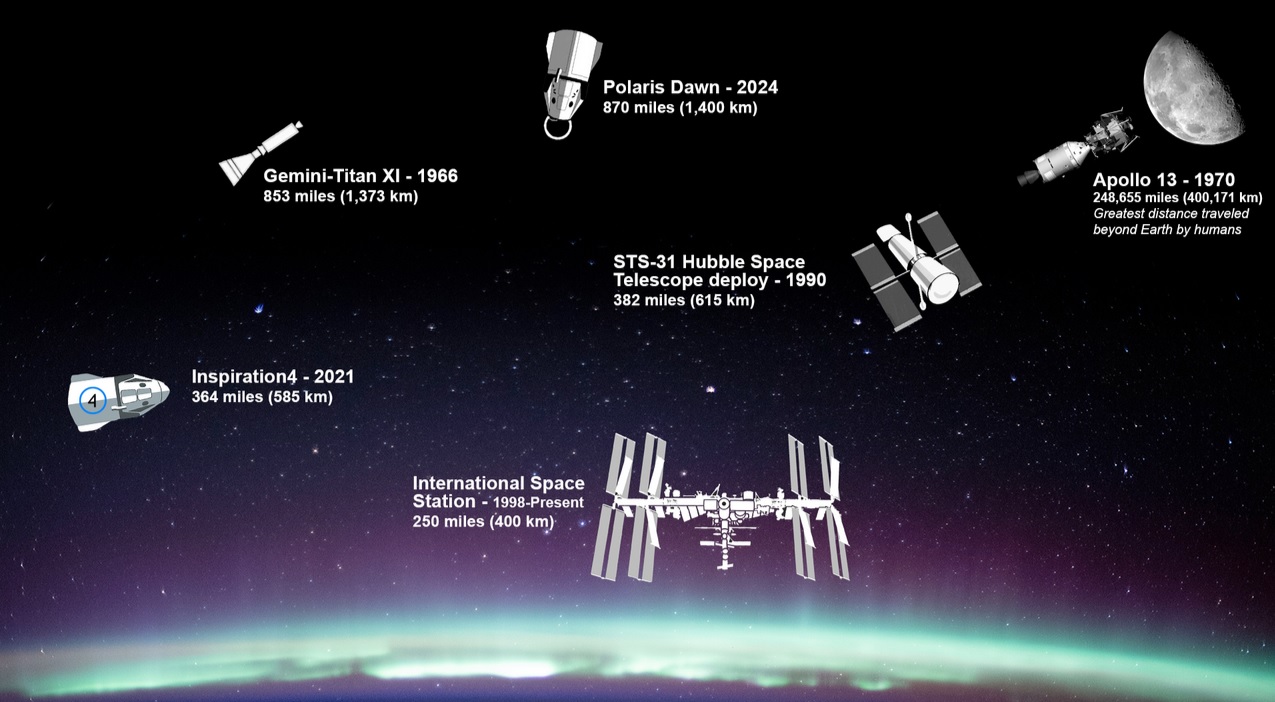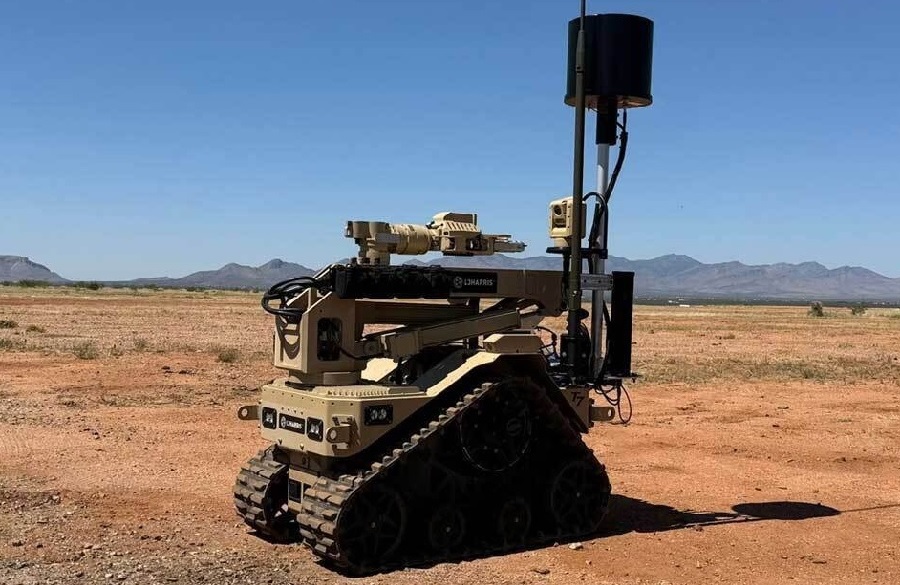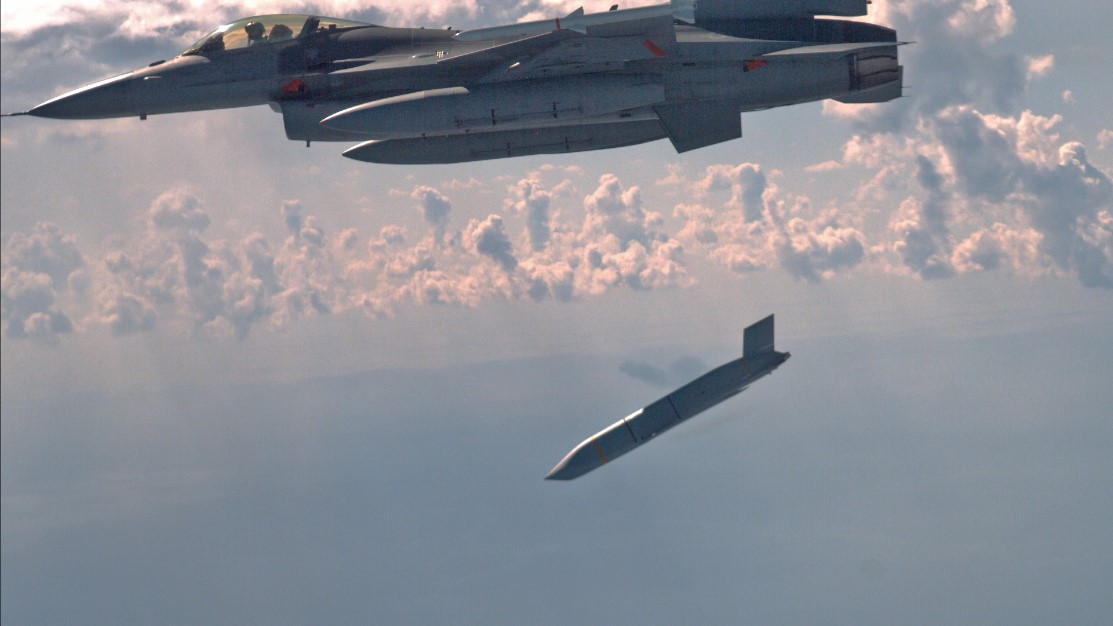Polaris Dawn Crew Breaks 1966 Gemini 11 Record with Historic High-Altitude Space Mission

In a groundbreaking achievement for commercial space travel, the Polaris Dawn crew has soared to unprecedented heights, surpassing the 1966 Gemini 11 mission's orbital record. On September 10, 2024, the four astronauts aboard SpaceX's Dragon spacecraft, named "Resilience," reached an astonishing altitude of 870 miles (1,400.7 kilometers) above Earth, eclipsing the previous record of 853 miles (1,373 kilometers) set by NASA's Gemini 11.
The mission's dramatic ascent began with the spacecraft's launch from Florida at 5:23 a.m. EDT (0923 GMT). Within 15 hours, Polaris Dawn achieved its high point, orbiting Earth in an elliptical path that extended from 190 miles (306 kilometers) at its closest approach to 1,200 miles (1,930 kilometers) at its furthest. This altitude not only surpasses the highest altitude ever achieved by a space shuttle, which deployed the Hubble Space Telescope in 1990, but also marks the farthest humans have ventured from Earth since the Apollo era.
Jared Isaacman, the mission commander and billionaire sponsor, emphasized the significance of this achievement. “This is the farthest humans have traveled since the last time humans walked on the moon more than 50 years ago,” he remarked before the mission. He also highlighted the achievement of Sarah Gillis and Anna Menon, who became the women to travel farthest from Earth.
The mission's primary goal extended beyond breaking records. By reaching such a high orbit, the crew gathered crucial data on how the space environment affects both spacecraft systems and the human body. The Resilience spacecraft passed through the Van Allen belts, a region of intense radiation surrounding Earth. This data is vital for future missions aimed at sending humans further into the solar system, including potential trips to Mars.
Isaacman noted the importance of understanding the unique challenges posed by this high-altitude environment. “It’s a lot of energy going into the vehicle and a lot of energy to take out when you come back home. It is a different radiation environment. It is a different micrometeorite and orbital debris environment,” he explained. The insights gained will help refine spacecraft design and improve safety for future missions.
The Polaris Dawn mission also set a precedent with its planned spacewalk, a first for a commercial crew. This spacewalk follows in the footsteps of Gemini 11, where astronauts Charles "Pete" Conrad and Richard "Dick" Gordon set the previous altitude record. Conrad and Gordon used the Agena target vehicle's rocket engine to reach their record, while the Polaris Dawn crew utilized the Dragon capsule’s Draco thrusters.
In a nod to Gemini 11, the Polaris Dawn crew carried a medallion with a design reminiscent of the original mission's patch. This tribute features a modern twist, replacing the Gemini-Agena vehicle with the Dragon capsule and showcasing a spacewalker in a SpaceX spacesuit.
The mission, scheduled to spend around 10 hours at the record altitude, was carefully planned to maximize data collection while minimizing risks. The spacecraft then transitioned to a lower orbit of 118 by 435 miles (190 by 700 kilometers) for the remainder of the mission.
As the Polaris Dawn crew prepares for their return to Earth, their historic journey marks a significant milestone in the evolution of commercial space exploration and sets the stage for future breakthroughs in human spaceflight.


